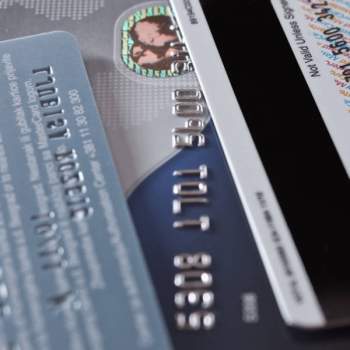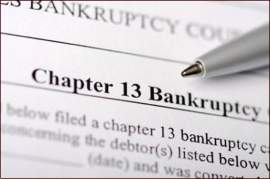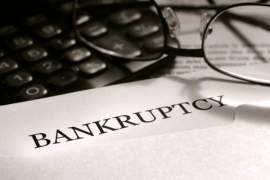
Credit Default Swaps

Related Forms
Schedule B - Personal Property
Schedule C - Property Claimed as Exempt
Schedule D - Creditors Holding Secured Claims
Schedule E - Creditors Holding Unsecured Priority Claims
Schedule F - Creditors Holding Unsecured Nonpriority Claims
Schedule G - Executory Contracts and Unexpired Leases
Schedule I - Current Income of Individual Debtor(s)
Schedule J- Current Expenditures of Individual Debtor(s)
Summary of Schedules (Includes Statistical Summary of Certain Liabilities)
View AllIn theory, credit default swaps function similarly to home insurance, the latter of which is purchased to protect a house from accidents, natural disasters, or the effects of detrimental activity. A credit default swap is a type of credit insurance that a company or an individual may purchase in order to protect one’s investments.
In most cases, an individual will purchase this type of credit insurance in order to address the risk of default on bonds by corporate and government debtors. Once a lender is granted a credit default swap, he/she may continue to make investments while maintaining the assurance that he/she will be compensated if a borrower defaults.
A credit default swap takes the risk of default from a lender and places it in the hands of an insurer. Therefore, if a borrower chooses to file for bankruptcy, the insurer will be required to compensate the lender for the value of the loan. Generally, credit default swaps are purchased from a bank or a hedge fund.
A lender will pay one of these institutions a monthly payment in order obtain protection in the event of default. If a borrower is unable to pay their debt to a lender, or if they choose to file for bankruptcy, the bank or hedge fund that has issued the credit default swap will be obligated to compensate the lender for the money that he/she has lost.
When it was initially established, the sale of this type of loan protection provided banks with an opportunity to gain access to more financial funds. When lenders purchased credit default swaps, the banks increased their profits through the monthly payments that buyers were required to make. This was especially true when the economy was reliable and stable.
Few governments and corporations were defaulting on bonds that they issued to consumers, and even fewer were filing for bankruptcy. Therefore, individuals had little need for credit default swaps. Despite this, many consumers purchased this insurance for added protection and increased assurance. This provided banks increased finances, which they could then loan to consumers and gain a profit on through interest.
When the condition of the economy began declining in 2008, credit default swaps presented banks and hedge funds with serious complications. Before the current economic crisis, it was rare for governments and corporations to file for bankruptcy.
Therefore, banks did not have to compensate lenders for bonds on which these institutions defaulted. However, as the stability of the economy began to decrease, more and more businesses were unable to meet their financial obligations.
Since 2008, the number of corporate bankruptcy filings has increased by just under 50%. This would not have been completely devastating if only a handful of consumers had invested in credit default swaps to protect bonds issued by companies that went bankrupt.
However, when hundreds or thousands of individuals purchased a credit default swap to cover the same loan, then banks experienced a problem. They were unable to provide buyers with the financial funds that they were obligated to pay.
Experts suggest that when an individual has obtained insurance on a bond, he/she is more likely to undermine the success of the company. When thousands of insured consumers partake in this behavior, it may have a hand in a company's financial downfall. An individual may hope for a bond issuer to fail so that he/she receives more money than the initial value of the bond due to his/her insurance policy.
NEXT: Debentures

















